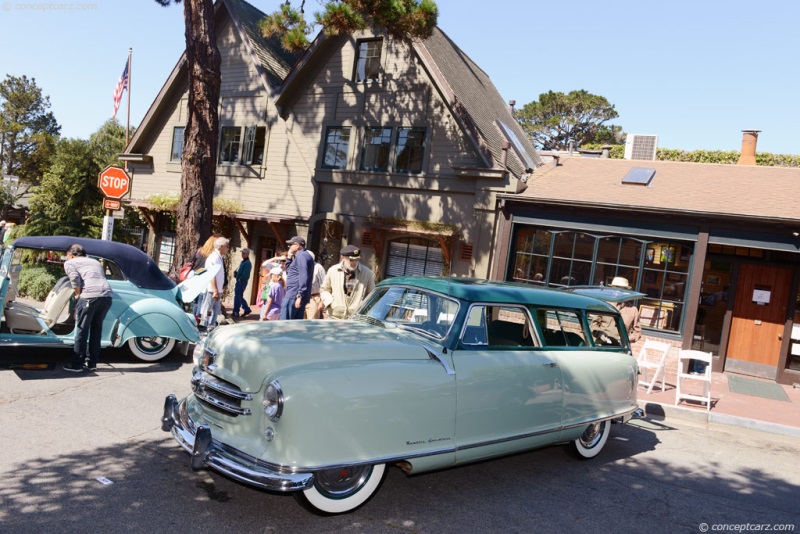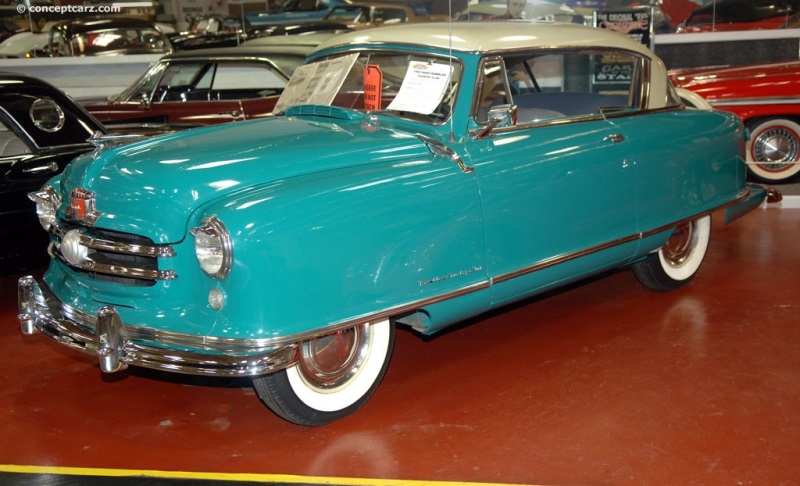1952 Nash Rambler Navigation
- 1952 Nash Rambler Menu
- Article
- Image gallery
- Valuation
- Specifications
- Profiles
- Production figures
Nash
Similar Automakers
Similarly Sized Vehicles
from 1952
Similarly Priced Vehicles
1952 Nash Rambler Vehicle Profiles
Recent Vehicle Additions
Performance and Specification Comparison
Price Comparison
Rambler Specification Comparison by Year
Year
Production
Wheelbase
Engine
Prices
Related Automotive News

Jukeboxes on wheels: Fins and Chrome American classics promise a dazzling display at London Concours in 2022
Automobiles from Americas golden era of Fins and Chrome – the mid-1950s to the early 1960s – will be on show at the capitals leading concours delegance.
Rock and roll classics from Ford, General Motors, Chrysler and Packard set to wow the crowd...

RARE CHRYSLER LA COMTESSE CONCEPT APPEARS AT AMELIA 2014
After decades in obscurity Chryslers La Comtesse Concept Car will re-debut at the 19th annual Amelia Island Concours dElegance on March 9, 2014.
The Fifties introduced new automotive chemical and paint technologies that helped summon a sea change...

Mecum's Kansas City Spring Auction Reaches $9.6 Million in Sales
April 25-27 Auction Draws Large Crowd and Diverse Selection to Downtown K.C.
Magnificent and serene Kansas City, Mo., turns into a car collectors paradise twice a year when Mecum Auctions comes to town. Last weekend, April 25-27, the Kansas...





















